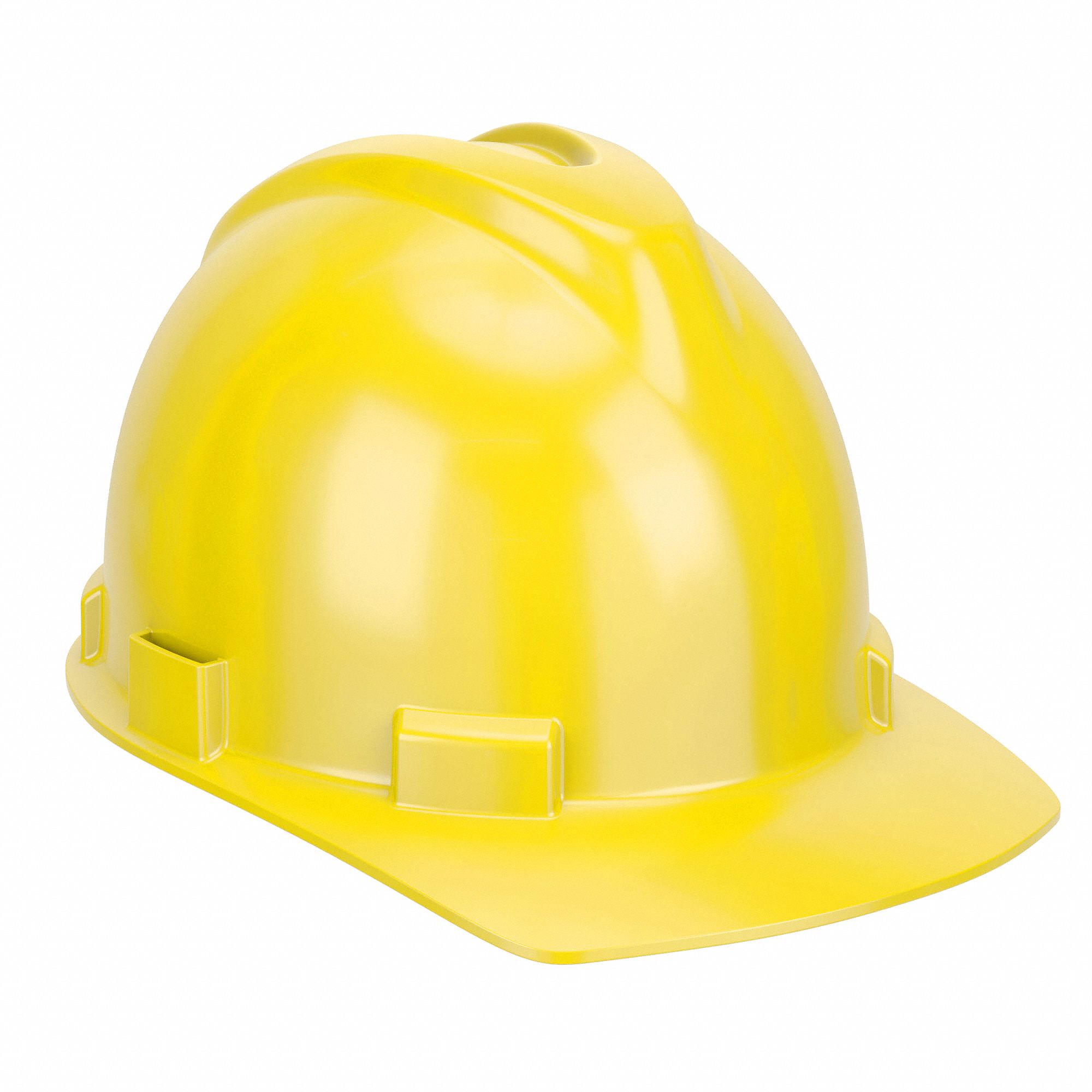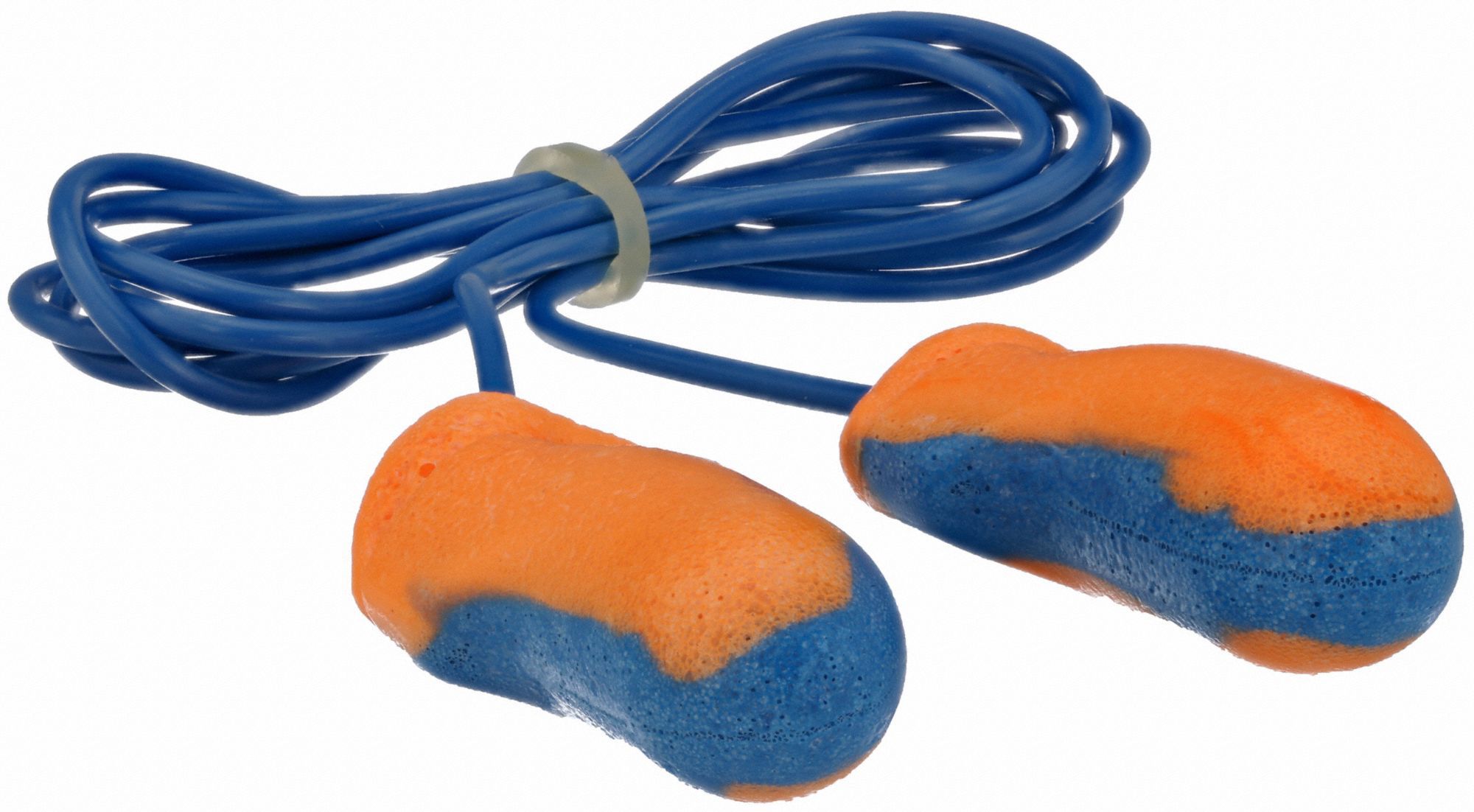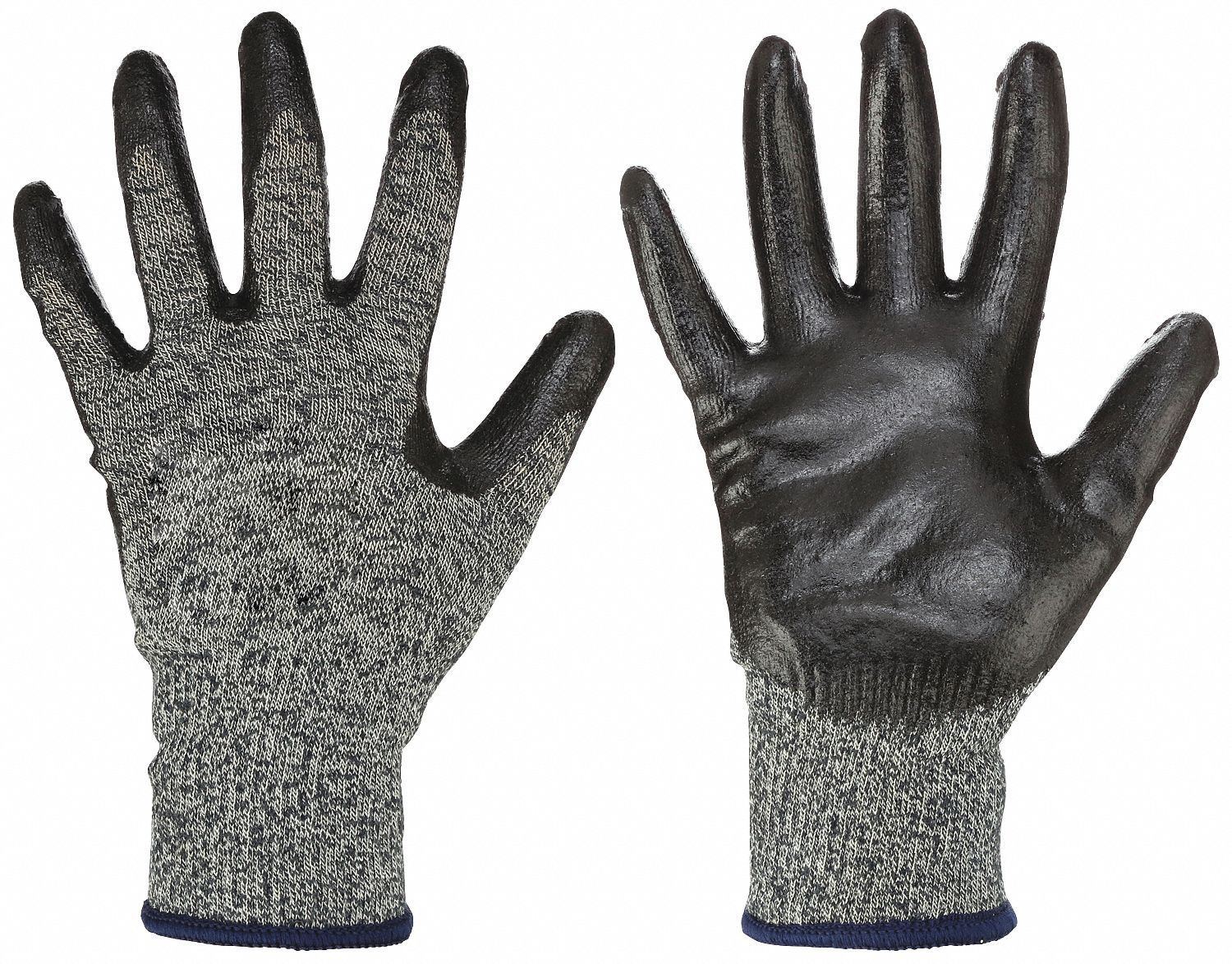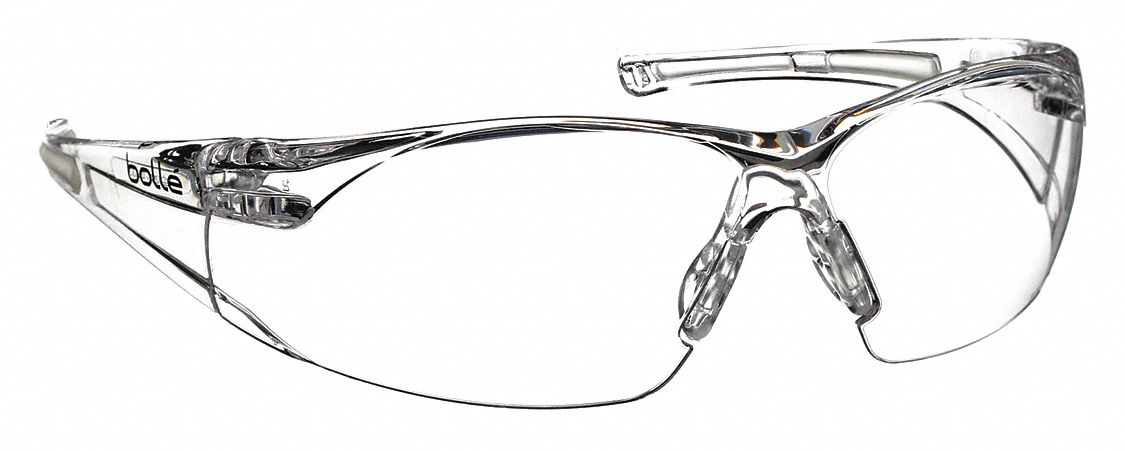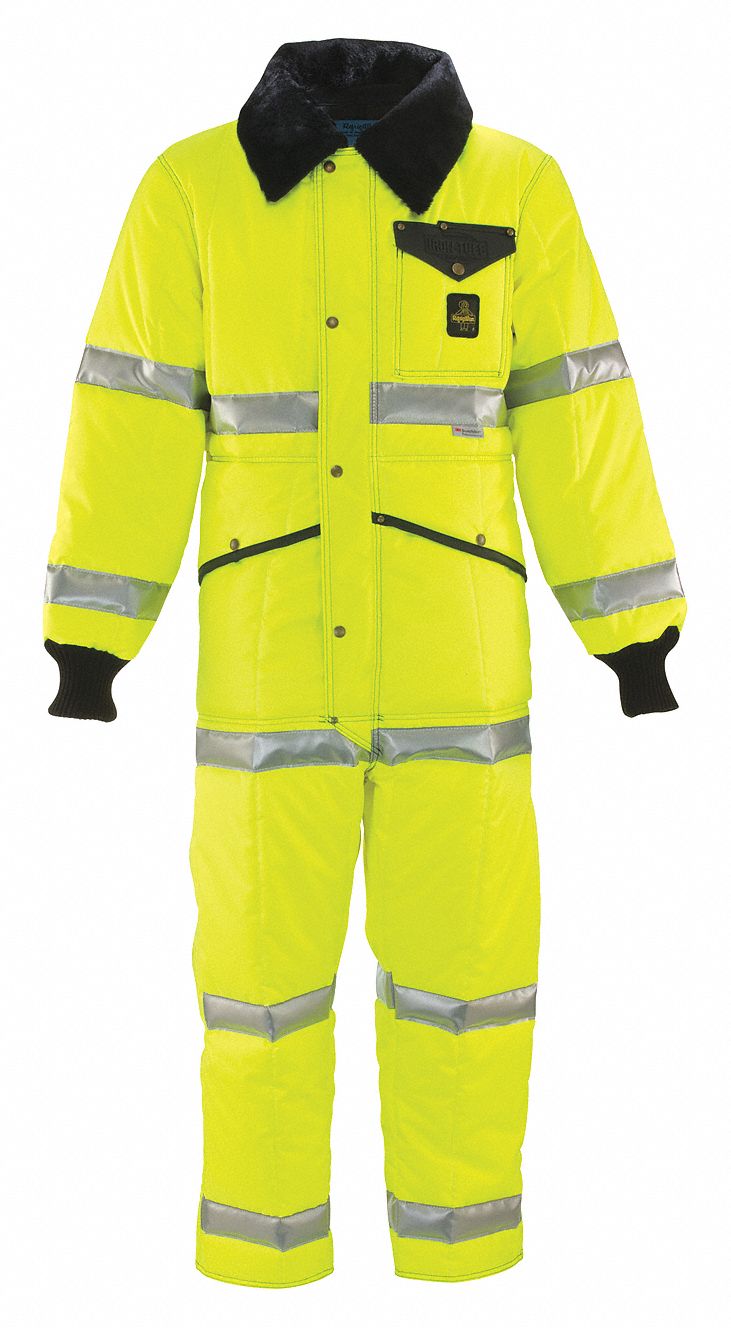

Why Working Hard Might Not Be Working for Your Health
By Grainger Editorial Staff 9/21/22


Being active is just so good for you.
We could spend all day talking about different health benefits of physical activity, but let’s just skip to the one that’s most impressive: It increases your chances of living longer. Who’d say no to that?
In part it's because physical activity decreases your risk for many illnesses, including heart disease and stroke, the two leading causes of death in the U.S. And it doesn’t take much activity to start seeing benefits. Each year, there are an estimated 110,000 deaths that could have been prevented by just a 10-minute-per-day increase in physical activity.
This Just In: Life Is Not Fair
If you have a job that keeps you active all day, you might think you’re sitting pretty. Who needs to make time for a trip to the gym when your daily work involves lifting big loads, using heavy tools or walking long distances? That occupational activity should be enough of a workout to give you those highly desirable health benefits, shouldn’t it?
If life was fair, it would be. If life was fair, sweating and straining on the job would give you the same health benefits as being active in your free time. But a growing number of studies, such as this one from the European Heart Journal of the European Society of Cardiology, have come to the unexpected conclusion that working too hard on the job can actually be detrimental to your health. High levels of occupational physical activity are associated with increased risk of cardiovascular disease and higher mortality, while leisure time physical activity contributes to positive health outcomes.
Researchers have even given this phenomenon a name – "physical activity health paradox" – and are still struggling to explain it.
The Physical Activity Health Paradox
| Physical activity away from work | Associated with improved cardiovascular health and reduced mortality |
| Physical activity at work | Associated with reduced cardiovascular health and increased mortality |
What Causes the Physical Activity Health Paradox?
Researchers are looking at some key differences between leisure-time physical activity and occupational physical activity. For example:
- In one way, occupational physical activity isn't intense enough—it doesn't raise your heart rate to the level that allows short workouts to deliver cardiovascular benefits. But in another way, it's too intense—over a long work shift, it exceeds the recommended level of exertion and can be enough to impair heart health.
- Prolonged occupational physical activity keeps your heart rate high outside of working hours, while short workouts don't have this effect. Similarly, work that includes heavy lifting can result in higher blood pressure outside of working hours, while strength training workouts don't have this effect. Prolonged high heart rate and blood pressure are both risk factors for cardiovascular disease.
- When you're active at work all day, every day, your body may not be getting enough time to recover from the exertion. This can be similar to overtraining for an athlete, which can lead to a host of health problems. It can also lead to long periods of inflammation, which may increase the risk of cardiovascular disease.
What Can You Do About It?
Investigation of the problem is just getting started, and there isn’t yet a proven way to diminish the negative effects of occupational physical activity. That said, it makes sense to focus on recovery, since there's been so much speculation that inadequate recovery is part of explanation for the paradox.
And when it comes to recovery the most important ingredients are easy to remember: it's all about restful sleep, good nutrition and adequate hydration. There are other things that may help—post-exertion stretching, massage, compression garments, hydrotherapy—but there's just no replacement for getting enough sleep, eating well and staying hydrated.
In other words, it’s stuff you already know you should be doing, even if it’s not always easy to do. But now, there’s another extremely persuasive reason to do this stuff—to improve your sleep hygiene by turning off your devices well before bedtime. To carry a water bottle and refill it throughout the day. To eat less sugar, saturated fat, sodium and alcohol. It can't hurt, and if it doesn't make you feel better today, it will tomorrow or next week. And if you're working hard all day, it might even help you dodge the worst effects of the physical activity health paradox.
RECOMMENDED KNOWHOW FOR YOU

Sustainability
Understanding Nitrile and Biodegradability
Purchasing managers responsible for meeting their organization's sustainability goals should dig a little deeper when they come across product descriptions with environmental claims.
![]() Our Latest KnowHow
Our Latest KnowHow

How It's Done: Building Utility Terrain Vehicles
This article and video describes how a small company in Indiana builds 20-25 utility terrain vehicles each day in their manufacturing plant.
The information contained in this article is intended for general information purposes only and is based on information available as of the initial date of publication. No representation is made that the information or references are complete or remain current. This article is not a substitute for review of current applicable government regulations, industry standards, or other standards specific to your business and/or activities and should not be construed as legal advice or opinion. Readers with specific questions should refer to the applicable standards or consult with an attorney.





